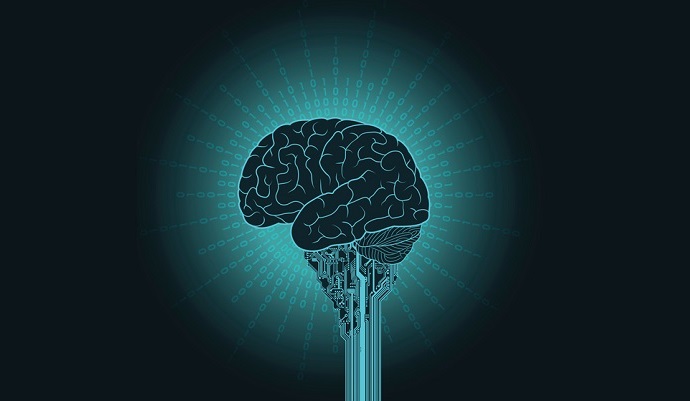H2O.ai Partners with IBM on Artificial Intelligence Platform
H2O.ai announced IBM partnership, making its artificial intelligence platform available on IBM's Power Systems platform.

Source: Thinkstock
- H2O.ai partnered with IBM to offer the H20.ai artificial intelligence (AI) platform, graphics processing unit (GPU)-powered machine learning, and deep learning on IBM’s Power Systems platform.
IBM is looking to redesign its Power Systems platform at the chip and systems level. The company is collaborating with several different vendors through the OpenPOWER Foundation to include a wider range of technology in its platform.
IBM hopes that by using a wide range of accelerators developed by different vendors will allow the platform to achieve higher levels of performance over traditional commodity servers.
The H20.ai platform uses the new NVLink interface as a platform for high performance analytics. NVLink interconnects the IBM Power Systems machines and opens a wider path between the central processing unit (CPU) and GPU to support H2O’s AI platform.
H2O’s GPU optimized machine learning and deep learning AI software can now take advantage of IBM’s POWER architecture to offer organizations a fully supported AI solution. IBM customers can also run H2O algorithms through the IBM Data Science Experience platform to manage and collaborate on data science projects.
“H2O’s interpretable algorithms democratize the monetization of data with AI. IBM Power Systems provides a resilient and highly available computing platform for H2O.AI customers,” H2O.ai CEO and Co-Founder Sri Ambati said in a statement. “We are excited to partner with the IBM team to amplify the transformation of the enterprise with AI.”
IBM predicted that AI will be behind every enterprise decision in the next five years, which is why the company is looking to collaborate with AI vendors.
H2O’s collaboration with IBM is not the company’s first collaboration with a major vendor this year. Last month H2O made its open source Sparkling Water AI platform available on a HDInsight cluster along with other Azure services.
Sparkling Water is an open source machine learning solution that works with Spark 2.0, sparklyr, and PySpark. The tool allows users to combine the fast, scalable machine learning algorithms with the capabilities of Spark.
The availability of H2O.ai Sparkling Water in Azure HDInsight gives users access to Hadoop capabilities and an advanced analytics platform in the cloud. Users can either install H2O Artificial Intelligence on an existing HDInsight Spark cluster, or install during the creation of a new HDInsight cluster on Azure.
H2O also has its hands in the emerging support of GPU frameworks for data analytics. Earlier this week H2O announced its involvement in the formation of the GPU Open Analytics Initiative (GOAI).
The GOAI will work towards developing a standard data science ecosystem of GPUs by allowing resident applications to interchange data efficiently.
GPU adoption is expanding in healthcare data analytics because machine learning workloads are outgrowing traditional CPUs. The GOAI formed to migrate workloads to GPUs and to establish a common standard so organizations can benefit from the power of end-to-end GPU computing.
A common GPU standard will enable intercommunication between data applications and enhance workflow by removing latency. It will also decrease the complexity of data flows between core analytical applications.
451 Research Senior Analyst of Data Platforms and Analytics Jim Curtis recently commented on GPUs in relation to an advanced database analytics collaboration between Fuzzy Logix and Kinetica.
“Leveraging GPUs for analytical workloads is on the rise, particularly among financial services, healthcare and retail organizations that often deal in extremely large data volumes with high scaling and real-time processing requirements,” said Curtis.
The new tool will extend Kinetica’s in-database analytic capabilities by hundreds of additional GPU accelerated machine learning and predictive analytics algorithms from Fuzzy Logix. The analytic functions will be able to utilize Kinetica’s distributed GPU pipeline through its User Defined Functions (UDFs).
Healthcare organizations are faced with building IT infrastructures that will support current and future analytics workloads. Leveraging GPUs in place of traditional CPUs can give organizations the processing power needed to handle the influx of analytics workloads.
